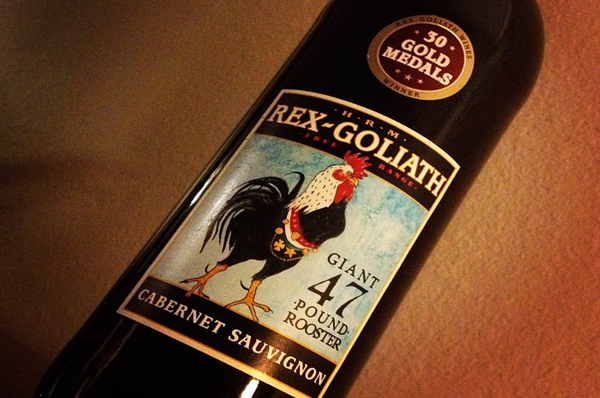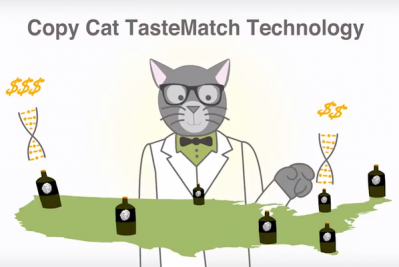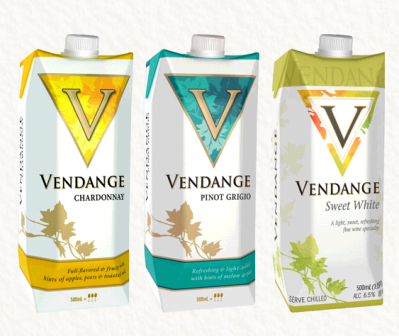Wine brand heritage doesn’t matter: Glossing the Rex Goliath effect

Rabobank draws this conclusion in its latest Wine Quarterly report, penned by analysts Stephen Rannekleiv, Marc Soccio and Elena Saputo, which includes IRI data showing falling sales of Yellow Tail and Gallo Twin Valley in 2013, while Barefoot and Rex Goliath again made strong gains.
“In recent years, some companies have stolen the ascendancy in key markets as they have become more attuned to the preferences and needs of consumers, and in the process have challenged traditional notions of wine styles, branding and marketing” Rannekleiv et al write.
“Looking ahead, this consumer-centric approach will indeed be the key to drawing in – and remaining relevant to – new generations of wine drinkers as the influence of the baby boomers gradually declines,” they add.
In 2013 the US took over the No.1 spot from the UK in terms of wine imports by value – the market there was worth $3.947bn versus $3.732bn in the UK, and Rabobank say this shift also marks US millennial growth.
“In non-traditional wine drinking countries, millennials are drinking more wine than any of the previous generations did at their age, while in traditional wine drinking countries, they are drinking less but better wine,” Rannekleiv et al write, while cultural diversity (e.g. Hispanic populations in the US) is also rising.
Diluting well-established brands can be a mistake
Such a shift has presented wine companies with a challenge, they said – sticking with ‘tried and tested formulas’ for baby boomers or tailoring products to suit milennials.
Over the past few years, Rabobank’s analyst write, the success of some wine companies in the US market suggest the answer may indeed lie somewhere in between.
“Rather than diluting well-established brands in a muddled attempt to be all things to all people, bold and progressive companies have developed contemporary brands with a fresh look and feel, aimed squarely at wine consumers looking to engage with the category in different ways,” Rannekleiv et al. write.
Millennials still value, and will pay for, quality, but “often place less value on provenance and brand heritage and more on what the brand says about them and the occasions on which they consume it,” they add.
Astonishing US growth for the likes of Rex Goliath and Barefoot in contrast to more critically acclaimed, staid brands of the past proves this point, the analysts maintain.
IRI’s 2014 stats supplied by Rabobank tell the story – in 2013 Rex Goliath grew 12.4% to 12.1m 750ml bottles sold while Barefoot grew 14.3% to 63.2m.
Brand proliferation is a problem in the wine world
This contrasts with Yellow Tail, a more esteemed brand traditionally, which sold 33.1mn bottles in 2013 – but sales have been flat from 2012; sales of Gallo’s Twin Valley also fell 7.7% in 2013 to 40.8m bottles.
“Older brands in mainstream consumer markets routinely require revitalisation…however, attempts to reposition a brand within a market can prove to be a much more challenging and questionable process,” Rabobank’s analysts write.
“Many wine companies are finding that it can be more effective to launch a new brand that better responds to evolving market dynamics, rather than trying to reposition an old brand,” they add, with the caveat that the wine industry is prone to “brand proliferation” that makes it increasingly hard to position new brands.
Alternatively, Rabobank says older brands losing their luster can find a new lease of life in emerging markets – with the analysts pointing to the success of E&J Gallo’s Carlo Rossi brand in Poland.







